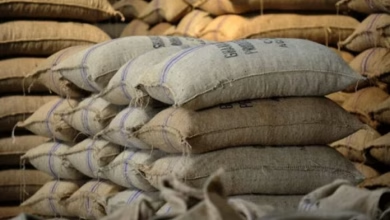“900,000 Children Engaged in Child Labor – GSS”

- 1.1 million children in Ghana aged 5-17 work, making up 10.3% of this age group.
- Most working children are males (56%) and don't attend school (458,443).
- Rural areas have more working children (72%) than urban areas (28%).
- Children mostly work in family help (35.4%), farm work (31.2%), and unpaid training (11.7%).
The Ghana Statistical Service (GSS) has released findings from the 2023 Annual Household Income and Expenditure Survey, which indicate that over 1.1 million children aged 5-17 years were engaged in various forms of work in the fourth quarter of 2023.
This represents 10.3% of all children in this age range, with 893,000 of them involved in employment work, mostly paid work. The GSS released this statement on June 3 to mark the World Day Against Child Labour, observed annually on June 12.
The theme for this year’s World Day Against Child Labour is “Let’s Act on Our Commitments: End Child Labour,” emphasizing the need for intensified efforts to eliminate child labor and protect children’s rights. According to the GSS, more than half (56%) of the working children are males, with 458,443 not attending school, including 68,500 who have never attended school and 389,943 who attended school in the past.
Urban areas account for 28% of working children, while rural areas have a significantly higher proportion, with 72% of working children. Regionally, Ashanti has the highest percentage of working children (13.6%), followed by Bono East (12.1%) and Northern (11.8%).
The Ahafo Region, Greater Accra, and Western North have the lowest percentages of working children, at 0.8%, 1.6%, and 1.8%, respectively. The forms of work done by children include family help (35.4%), farm work (31.2%), unpaid trainees (11.7%), and own use production (7.3%), among others.
The GSS also found that elementary occupations dominate the occupational landscape for working children, representing 60.4%, followed by craft and trade-related work (19.8%) and skilled agricultural, forestry, and fish-related work (17.7%).






